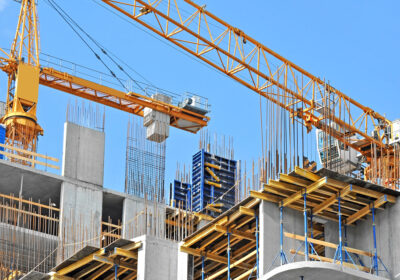Two weeks ago, I sat on a panel with several senior London politicians and was asked why the UK property industry consistently fails to deliver the housing numbers required by policy makers. My response was as follows:
Firstly, land. Take a city like London, there is approximately 607 sqm of what we describe as Greater London. Nearly a quarter (24%) is within someone’s back garden. Another 22% of it is in Green Belt designation. Then there is strategic land use: roughly 10% is either protected employment land or so precious in its current employment use that it will never come forward.
So that leaves approximately 44% of land available for housing. Some of you will then say – surely that’s plenty. But hold that thought: London has a population of around 9 million. The leftover 44% is exactly where we are all currently live.
Most people are not going to vacate their homes to make way for denser developments. Most people are also not going to be delighted with the prospect of ever taller, denser buildings being shoehorned onto land adjoining their homes. Inevitably we have conflict.
This is where the second problem arises. The planning system is essentially a set of rules to mediate between housing the population’s future requirements and keeping those that already live there happy. Unfortunately, it’s not very good at doing this job because we ask for too much.
Planners must extract infrastructure upgrades and affordable housing from new developments. They are also trying to compel builders to deliver homes which will one day be carbon neutral and of enduring architectural quality.
All these good things are essentially competing requirements. There is a degree of confusion as to where priorities lie. The achievement of all is often not possible. Where it is achieved, it is often at the detriment to the local communities the planning system is also trying to protect. This erodes confidence.
So that’s my response. Is it any wonder we are struggling to deliver the housing stock fit for our future needs when we have little land and a rules based system of mediation with competing priorities and little room for trade-offs.










